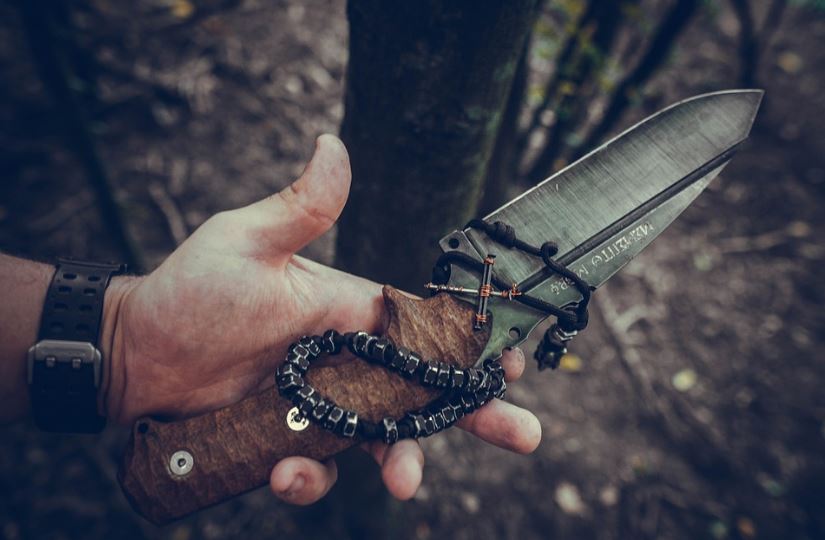Hunting with knives dates back since time immemorial. It is one of the essential items you should have in your hunting pack, offering several functions during the trip. It’s a must that you find the right hunting knife to add to your tool kit, but it is even more important that you get to learn how to use it properly.
The knife’s purpose: to prepare game meat for food
The first step to training how to handle hunting knives is to understand what they are made for in the first place. People who go on a trip to the wild pack the blade to help them dress up hunted meat and prepare it for consumption. Depending on the wild meat you are dealing with, you may need different knives to help you carry out several tasks, like skinning, deboning, and cutting meat.
Hunting knives range from compact pocket knives to fixed blades, which can perform the most challenging meat tasks.
Pocket knives are great as basic tools for your backpacking adventures. They can do several tasks for you to survive in the wild, but they may be too small to help you with other things. On the other hand, fixed blade knives are made in different sizes. They offer strength, stability, and reliability, especially when dealing with game meat. Although they are helpful enough, they can take up too much space in your backpack and would require specialized storage to carry safely.
Safe knife handling tips
As we mentioned earlier, you must also learn to handle knives properly as you understand what types of knives you should look for at shops like Israel Defense Store. Good knife skills will allow you to accomplish tasks safely without suffering from injuries. So how do you achieve that? Take note of the following tips:
- Keep your knife sharp. It is safest to work with a sharp knife than a blunt one. The latter would need a firmer grip and force, which may lead to slipping away and cutting yourself.
- Choose the right knife for whatever job you should do. The size of your catch is also a factor. While you can comfortably cut down a small bird with your pocket knife, it would be impossible to do the same with a deer.
- Hold your knife with caution. Do not cut away towards your body and never attempt to catch it with bare hands if it falls. And, of course, you should never use a knife with poor lighting. You have to see clearly what you are doing with such a sharp tool on hand.
You must master proper handling of your knives before you set off on a hunting journey. It may be important what kind of knife to invest in when faced with all the available options, but it is also essential to your safety and your hunting outcome if you know how to use them correctly. Other than that, the blade’s shape, the handle’s texture, and even the tool’s mechanism should matter next.

